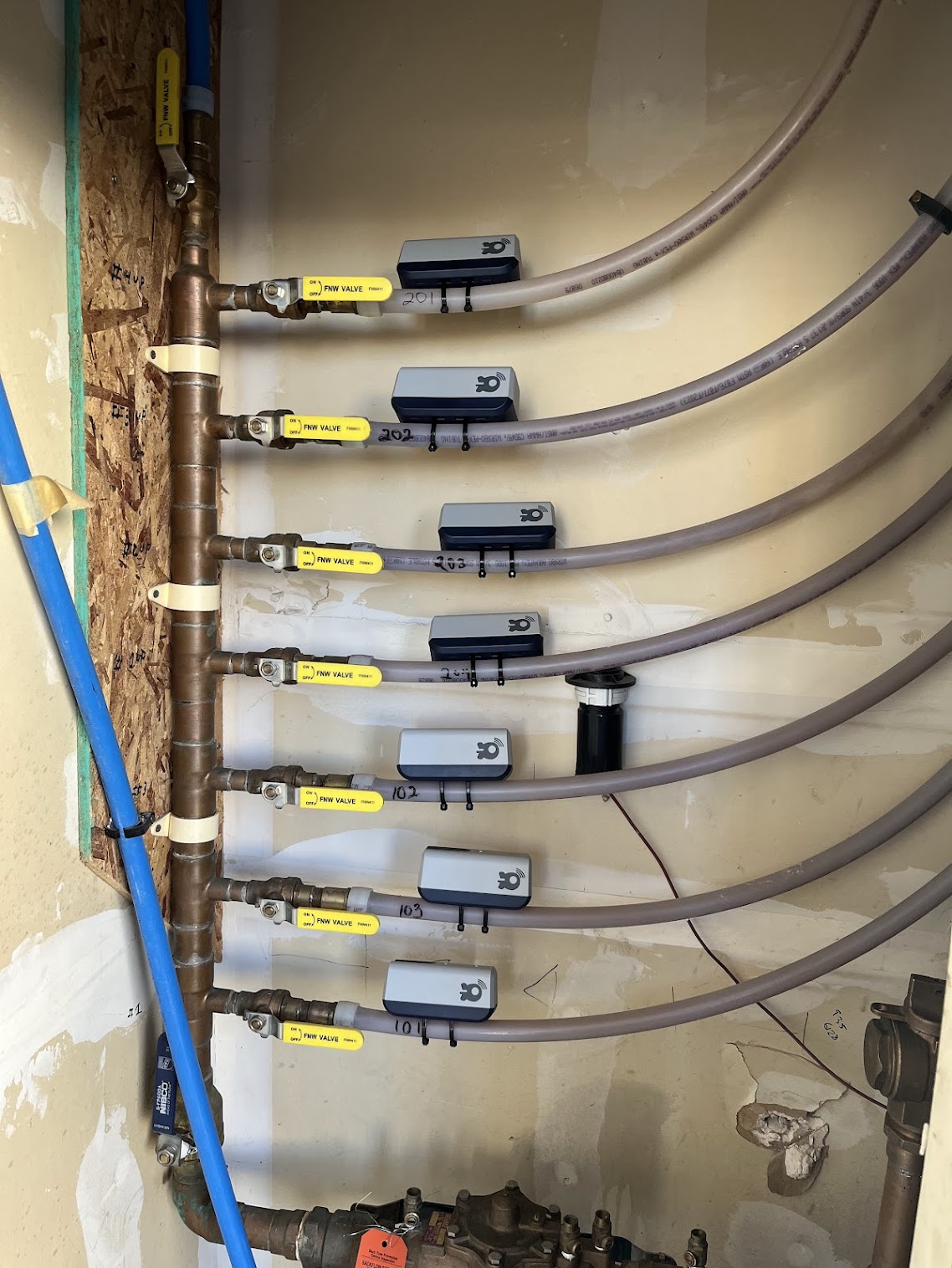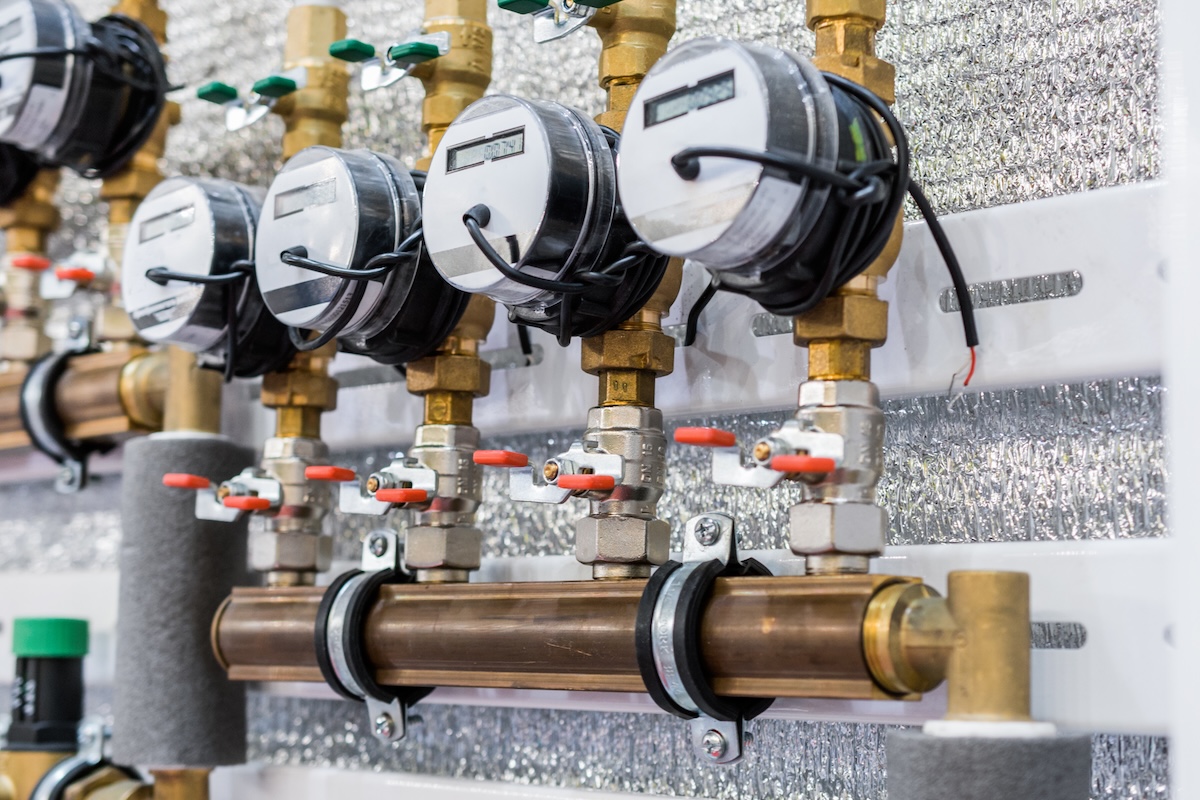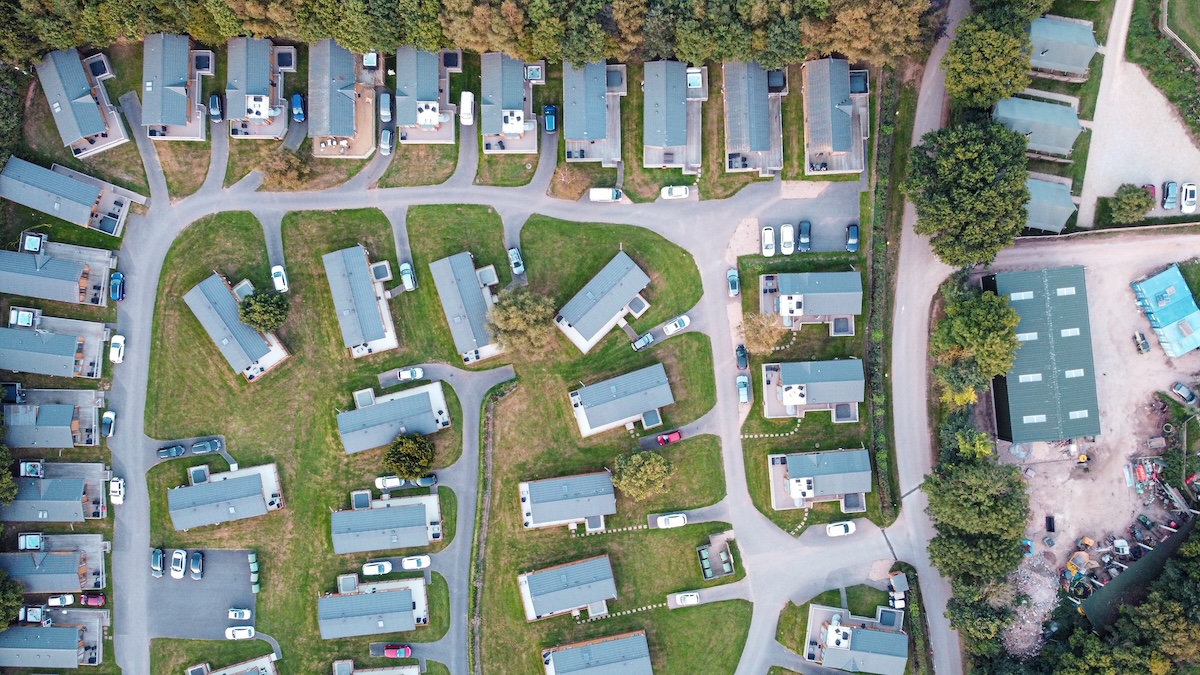The Pros and Cons of Water Submetering for Multifamily, HOAs & Commercial Properties
Articles





The Pros and Cons of Water Submetering for Different Property Types
Let’s face it, water isn’t just another expense. It’s one of the most controllable costs in property management. Bundling water into rent or HOA fees often leads to waste and inflated bills. That’s where water submetering can make a real difference.
With submeters in place, you can see exactly who’s using what. Tenants become more aware of their consumption, and property managers regain control. Still, it’s not a one-size-fits-all solution. Results depend on property type, installation costs, and tenant habits.
Let’s look at the pros and cons of water submetering across apartments, single-family rentals, commercial spaces, mixed-use buildings, HOAs, and mobile home parks.
Water Submetering Explained
A water submeter measures water use at the unit level. Each apartment, condo, office, or manufactured home gets its own reading, separate from the master meter. This simple change improves transparency and creates measurable savings.
Real-World Statistics, a Case Study, and Food for Thought
- The National Apartment Association found that submetering encourages tenants to be more energy-conscious, cutting utility use by up to 40%.
- A 2025 study in Science Direct reported that households using smart meters with feedback reduced daily water use by 6.2%.
- A case study of a 450-unit multifamily retrofit saw a $180,000 increase in NOI after submetering water.
- Consider this: if a home’s water data shows two gallons every five minutes from 1 a.m. to 4 a.m., that’s a continuous leak wasting nearly 20,000 gallons in a month. That could cost a tenant $100 to $250, but with smart submetering, the landlord gets an alert immediately and can fix it before costs skyrocket.
The takeaway is clear. Submetering and billing by actual usage really works.
Why Property Type Matters
Water usage varies by property. A high-rise apartment, a retail strip, and a mobile home park each face different patterns, infrastructure, and tenant behaviors. Because of that, no single submetering strategy fits every situation.
Examples:
- A luxury apartment tower may save more by reducing hot water waste than a mid-market property.
- A mobile home park might see the biggest impact by detecting leaks early.
- A mixed-use property needs billing tools that balance both residential and commercial tenants.
The Pros and Cons by Property Type

Multifamily Residential (Apartments and Condos)
Submetering is one of the most effective ways to reduce waste and increase accountability in multifamily buildings. In many communities, water costs are split evenly or bundled into rent, which means low-use tenants subsidize high-use ones.
Installing submeters changes that dynamic. Once tenants can see their own usage, they tend to use less. Property managers also gain visibility to find leaks quickly and avoid unnecessary costs.
Pros:
- Tenants pay only for what they use, creating fairness and transparency.
- Average water use drops 25–30% after installation.
- Leaks are detected sooner, reducing repair costs.
Cons:
- Installation costs can be high for retrofits. SimpleSUB can reduce that with 5-minute over-the-pipe installs.
- Some tenants resist change if they’re used to all-inclusive rent.
Single-Family Rentals
Submetering makes sense in communities where water is billed at the master or HOA level instead of individually. This is common in large developments without separate meters for each home.
Adding submeters ensures each household pays for its own usage, eliminating fairness disputes and encouraging conservation.
Pros:
- One home, one bill. Simple and fair.
- Owners stop covering tenants’ excessive usage.
- Attracts renters who value sustainability.
Cons:
- Frequent tenant turnover can impact ROI.
- Potential disputes over leak responsibility.
For managers of multiple single-family homes, connected submeters like SimpleSUB provide daily usage data and leak detection, helping catch problems before they become expensive repairs.
Commercial Properties (Offices, Retail, Warehouses)
Submetering in commercial spaces provides visibility and fairness by showing which tenants or systems drive water costs. Managers can catch inefficiencies early and prevent costly surprises.
For offices and industrial buildings, submetering data supports sustainability goals and can even help with green certifications or tax incentives.
Pros:
- Each tenant pays for actual usage.
- Encourages conservation in high-demand businesses.
- Supports sustainability programs like LEED or BREEAM.
Cons:
- Common areas can complicate cost allocation.
- Usage differences between tenants may create perception issues.
Case Study: A retail mall reduced monthly water use from 15,000 gallons to 4,000. Using SimpleSUB’s over-the-pipe system, multiple leaks were identified and repaired, saving over $100,000 in eight months.
Mixed-Use Developments
Mixed-use properties combine residential and commercial spaces, which makes water management complex but essential. Submetering brings precision and confidence, ensuring fair billing and promoting accountability.
Smart systems can handle multiple zones or usage types, automatically separating data for businesses and residents. This transparency helps avoid disputes and simplifies management.
Pros:
- Clear billing for both residential and commercial tenants.
- Supports sustainability and compliance reporting.
- Appeals to eco-conscious tenants.
Cons:
- Requires billing systems that can separate usage types.
- Communication challenges between business and residential tenants.
Advanced submeters with real-time dashboards can simplify management and improve cooperation across different tenant groups.
Homeowners Associations (HOAs)
.jpg)
Submetering within HOAs promotes fairness and accountability by linking each owner’s usage directly to their bill. Flat-rate models might seem easier, but submeters save money and build trust over time.
They also help detect leaks and inefficiencies early, protecting both budgets and shared infrastructure.
Pros:
- Owners are billed fairly based on usage.
- Community-wide conservation improves.
- Easier detection of leaks across shared systems.
Cons:
- Flat-rate models can create resistance when switching.
- Costly for older buildings if plumbing isn’t segmented.
Mobile Home Parks

Mobile home parks often have aging pipes that hide leaks and waste thousands of gallons a month. Submetering allows managers to pinpoint problems, track usage, and ensure fairness between households.
Digital submeters also make billing easier and allow for remote monitoring, which helps prevent costly maintenance issues.
Pros:
- Fair billing and better tenant relationships.
- Detects underground or hidden leaks.
- Water use reductions of 25–30% are common.
Cons:
- Older plumbing may need upgrades first.
- Long-term tenants may resist usage-based billing.
- Moving units can complicate setups.
Submetering transforms water from a fixed cost into a controllable, recoverable expense — a clear win for both owners and tenants.
Choosing the Right Water Submetering Approach
Selecting the right system depends on your property’s infrastructure, goals, and budget.
Mechanical meters are affordable and simple but require manual readings, which can be time-consuming.
Digital or smart submeters offer real-time monitoring, leak alerts, and wireless data collection. They’re especially valuable for multifamily, HOA, and mobile home communities where usage varies and transparency matters.
Key considerations include the age of your plumbing, number of units, tenant mix, and local utility regulations. Working with a reputable submetering provider ensures the solution fits your property’s specific needs.
Final Recommendations
The question isn’t whether submetering works — it’s how to implement it effectively. Multifamily buildings and mobile home parks often see the fastest returns, while HOAs benefit most from fairness and early leak detection.
Match your property type with the right technology, communicate clearly with tenants, and partner with experts who understand your setup. When done right, submetering leads to lower costs, higher efficiency, and happier residents.
Are You Ready to Explore Water Submetering for Your Property?
Contact SimpleSUB Water today. Our team specializes in multifamily, commercial, HOA, mixed-use, and mobile home park properties. A short consultation will help you determine which submeters fit your goals, plumbing setup, and budget.
Reach out today and start saving water, time, and money.
Request a Demo
We’ll design an affordable, easy-to-install solution for your submetering project, large or small.
Read Related Articles

Complete Guide

Complete Guide

.png)

